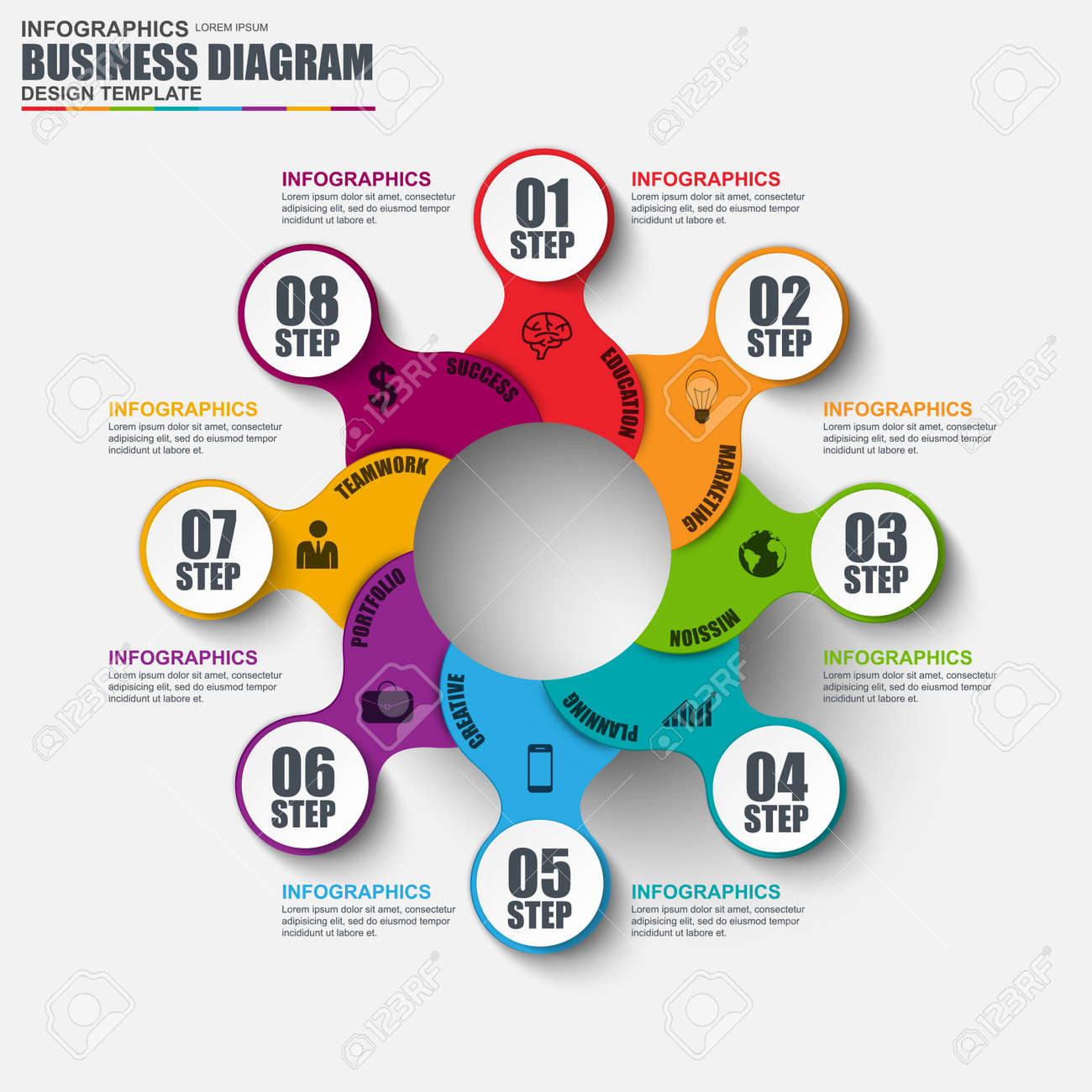Intrigued In Finding Out Exactly How Web Site Layout Has Changed Throughout The Years? Discover The Trip
Intrigued In Finding Out Exactly How Web Site Layout Has Changed Throughout The Years? Discover The Trip
Blog Article
Article Created By-Pappas Hejlesen
In the past, web sites were easy and focused on info. Navigating was direct, and style was for desktops. Currently, user experience is key. Data overviews layouts for very easy navigation. Receptive layouts fit various devices. Today, dark setting lowers pressure, and minimal menus boost navigation. Interactive functions engage customers, and vibrant visuals attract attention. AI combination boosts engagement. See exactly how layout has developed to enhance your on-line journey.
Early Days of Web Design
In the early days of web design, simplicity reigned supreme. Web sites were basic, with limited shades, fonts, and formats. The focus got on giving info instead of fancy visuals. Customers accessed the internet with slow-moving dial-up links, so rate and capability were essential.
Navigating menus were straightforward, generally located at the top or side of the web page. Internet sites were designed for computer, as mobile browsing had not been yet common. Material was king, and developers focused on easy readability over intricate style components.
HTML was the key coding language used, and developers needed to work within its constraints. Animations and interactive attributes were marginal contrasted to today's requirements. Web sites were static, with little dynamic web content or personalized customer experiences.
Surge of User-Focused Design
With the development of website style, a change in the direction of user-focused design concepts has actually become significantly noticeable. Today, producing sites that focus on customer experience is crucial for engaging site visitors and achieving business objectives. User-focused design entails comprehending the demands, preferences, and behaviors of your target market to tailor the web site's design, material, and includes accordingly.
Designers currently conduct comprehensive research, such as user studies and use testing, to collect understandings and feedback directly from individuals. This data-driven method aids in developing instinctive navigation, clear calls-to-action, and visually attractive user interfaces that resonate with site visitors. By putting the customer at the facility of the design process, sites can deliver an extra personalized and enjoyable experience.
Receptive style has also emerged as an essential element of user-focused design, guaranteeing that websites are maximized for various gadgets and screen dimensions. This versatility enhances accessibility and functionality, satisfying the varied means individuals communicate with internet sites today. In essence, the increase of user-focused design represents a shift in the direction of producing digital experiences that prioritize the requirements and expectations of the end user.
Modern Trends in Web Design
Discover the current trends forming web design today. One famous fad is dark mode layout, offering a smooth and modern-day look while minimizing eye pressure in low-light settings. An additional key pattern is minimalist navigating, simplifying menus and boosting user experience by focusing on essential elements. Including micro-interactions, such as animated buttons or scrolling results, can create a more appealing and interactive site. Receptive style remains crucial, ensuring smooth customer experiences throughout various tools. In addition, using vibrant typography and unbalanced layouts can add aesthetic rate of interest and accentuate details content.
Incorporating AI modern technology, like chatbots for client support or personalized recommendations, improves user involvement and simplifies procedures. Accessibility has likewise end up being a substantial trend, with developers focusing on comprehensive style practices to satisfy diverse customer demands. Get More by enhancing website efficiency for speed and efficiency is an additional emerging trend in website design. Working together with individual feedback and information analytics to repeat and enhance design continually is crucial for remaining pertinent in the ever-evolving digital landscape. By accepting these modern fads, you can create an aesthetically enticing, user-friendly site that resonates with your audience.
Final thought
As you assess the development of site design from the very early days to currently, you can see just how user-focused style has ended up being the driving pressure behind modern-day trends.
Accept the journey of adjustment and adjustment in web design, always keeping the user experience at the center.
Stay current with the most recent trends and technologies, and never stop advancing your approach to develop visually stunning and user-friendly web sites.
Progress, adapt, and develop - the future of web design remains in your hands.
